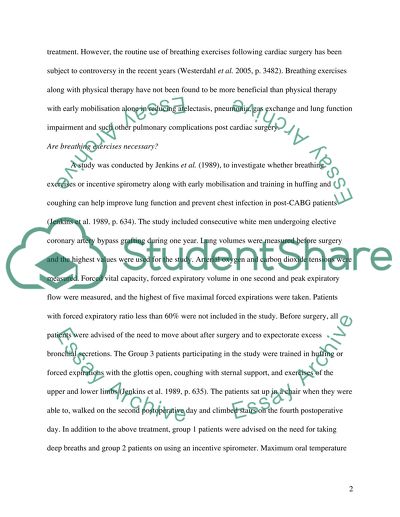Cite this document
(“Post-cardiac Surgery Physiotherapy Management Essay”, n.d.)
Retrieved from https://studentshare.org/health-sciences-medicine/1531338-post-cardiac-surgery-physiotherapy-management
Retrieved from https://studentshare.org/health-sciences-medicine/1531338-post-cardiac-surgery-physiotherapy-management
(Post-Cardiac Surgery Physiotherapy Management Essay)
https://studentshare.org/health-sciences-medicine/1531338-post-cardiac-surgery-physiotherapy-management.
https://studentshare.org/health-sciences-medicine/1531338-post-cardiac-surgery-physiotherapy-management.
“Post-Cardiac Surgery Physiotherapy Management Essay”, n.d. https://studentshare.org/health-sciences-medicine/1531338-post-cardiac-surgery-physiotherapy-management.


